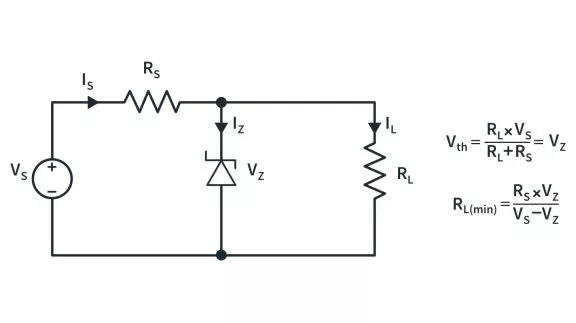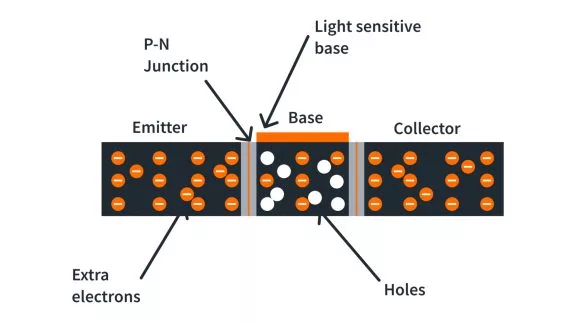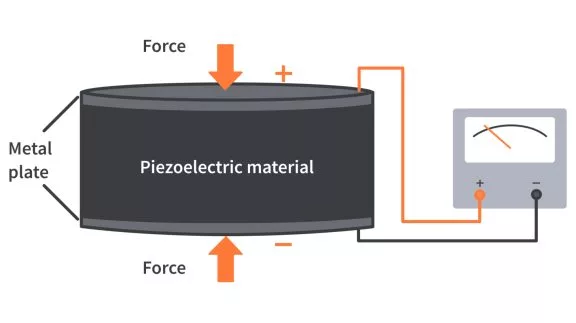How to Wire a Light Switch in your House | CircuitBread Practicals
Published
Welcome to another episode of CircuitBread practicals where we talk a little bit more about that intersection between electrical engineering and electrician work. Today, I want to talk about how to wire a switch, which has got to be one of the most simple electrical tasks that you can perform in your house. As always, if you're gonna work on anything electrical, either 1) know what you're doing or 2) disconnect all of circuits and double check they’re actually off. Make sure that your multimeter is set for AC when checking and you can even get dedicated testers. Because you do not want to hurt yourself. Even though this is simple enough that almost anybody should be able to do, get an electrician if necessary.
Unlike an outlet, all a switch needs is to interrupt one leg that is flowing, from your wall to your light or whatever it happens to be. If you're just doing a replacement of something that's already in there, it's pretty straightforward, but like in this case, you can see there's actually a lot going on. In this example, we actually have several circuits coming in and going out. Power to our smoke detectors actually comes from this circuit for the entire house and because of that we didn't want that to be attached to the switch, we just put the power all together. To do this, I took the two wires coming in and made a pigtail right here and then on the neutral, since we wanted all the neutrals connected, we put them all together with a wirenut. However, for the ground, since we had three wires coming in and we only have one switch that needs to be grounded, you use a crimp sleeve to connect all the wires together, twist them, and then cut off all the extra wires, all but one in this case.
Now, for the switch itself, all we are doing is taking the power that is coming in and putting a switch between that incoming power and the light. Now, notice we are doing this on the black wire, which is the hot line. If you were to do it on the neutral line, you would flip the switch and it would turn off the lights but then the light itself would still be hot. It would be a floating voltage which you want to avoid whenever possible. So whenever possible, and I can't think of why it wouldn't be possible, you will want to put your switch in the hot line.
If you’ve watched the ampacity video, you can correctly assume that the wire used for these lights is 14 gauge, as it’s only a 15 amp circuit. With 14 gauge wire, you can use the press-fit holes in the back, which makes putting these together much faster, as you don’t have to twist the wire nor tighten the screws. However, from personal experience and talking to professional electricians, they have a tendency to fail. So I’d recommend using the screw terminals on the sides. It can be a pain as you first get the hang of it, but it becomes quick with a little practice.
With a normal switch, there are only the three connections - power in, power out to the light, and ground. Once the connections to the power in and power out are done, make certain to attach the bare copper wire to the ground point. With the ground connected to the chassis, if a wire does come loose for any reason and it's flopping around in there and it touches something it’s not supposed to, instead of electrifying everything and you getting zapped when you touch the switch, it's sending the current back via the ground. That creates a short circuit and it's going to pop the breaker, which is exactly what you would want to do in that situation. Because then you'd be like, “Hey, something's wrong here!” instead of “Hey, I'm dead, that wasn't cool.” I don't want that to happen. So, always make sure you are grounding your equipment for safety reasons. As electrical engineers we would look at the neutral as our ground line and then this is just there to make it so if things go poorly, it's less likely that we will die.
Once the electrical connections are installed, gently push the switch back into place, bending the wires and tucking them into the box. Then you mount the switch itself using the screws at the top and bottom of the outlet. The wings of the switch should snug up tight to the drywall but if the drywallers were too aggressive cutting out the hole, you can use rubber spacers that you can purchase at any big box construction store to make it so that your switches are flush with the wall and not floppy. So that it doesn’t look weird, make sure that your switch is straight-up and down, it’s very easy for them to get crooked if you don’t pay attention.
Once it’s nice and snug and you have the cover installed, you’re ready to go! Flip on the power and verify your light switch works as expected. Once you’ve done this, you’re completely done. Enjoy your new switch!

Get the latest tools and tutorials, fresh from the toaster.














